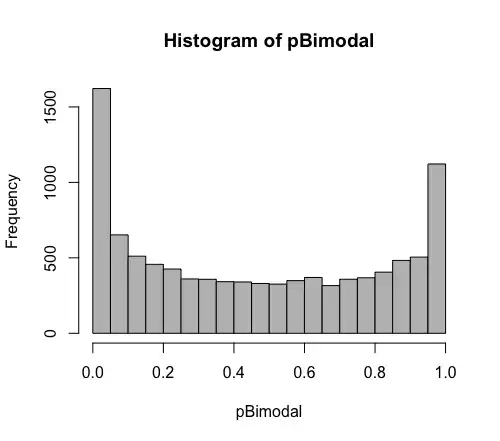Dave has addressed your specific question and I suggest you accept that answer. The point about "unexpected performance" in machine learning is quite on target.
What follows is more to get you headed toward better ways to handle your particular data set.
First, don't do a test/train split with so few cases. Build you model on the entire data set, then validate the model-building process by resampling. One accepted approach is to repeat the modeling on multiple bootstrap resamples of your data, and then test performance of the resulting models on the full original data set.
Second, LASSO or elastic net might not be a good choice here. You seem to have a lot of multi-level categorical predictors and at least 1 interaction. LASSO and elastic net won't necessarily keep all levels of a categorical predictor in the model, and might keep an interaction term while omitting the individual contributors to the interaction. That's not generally a good idea; see this thread. There is a group LASSO, explained in Statistical Learning with Sparsity, that can keep specified predictors together, but my guess is that your data set will be too small for that to work adequately.
Third, your many categorical predictors, some of them multi-level, pose a particular problem for penalized approaches like LASSO or elastic net. Continuous predictors in such models are usually normalized to zero mean and unit standard deviation so that they all start on similar scales. That doesn't always make sense with categorical predictors; with a multi-level predictor, the results might change depending on what you choose as the reference level! See this thread. Just jumping ahead into penalization without thinking hard about your categorical predictors is a too-easy way to get into a lot of trouble.
Before you go further with the mechanics of your modeling, see if you can use your knowledge of the subject matter to reduce the number of predictors or to combine multiple predictors into single predictors without first looking at their associations with outcome. Frank Harrell's course notes provide a lot of useful guidance for such predictor simplification and other aspects of multivariable modeling in Chapter 4.
I suspect that you will get the most reliable results by starting with such predictor combinations and then penalizing in a way that keeps all of those (combined) predictors in the model and avoids the unstable predictor selection you get with LASSO. Ridge regression is a choice, but a more general penalized estimation, adjusting relative penalization among predictors based on prior subject matter knowledge and handling categorical predictors intelligently, will probably work better.
